Cane Creek DBair rear shock – First ride review
Extra-adustable long-travel air can
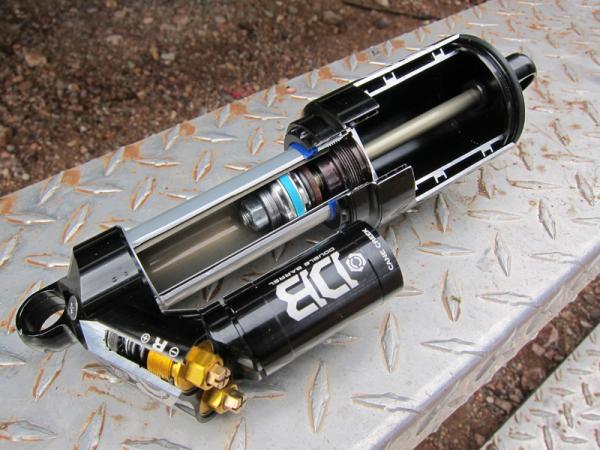
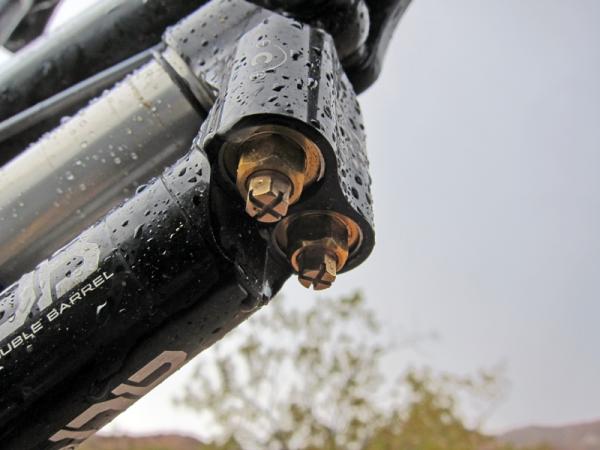
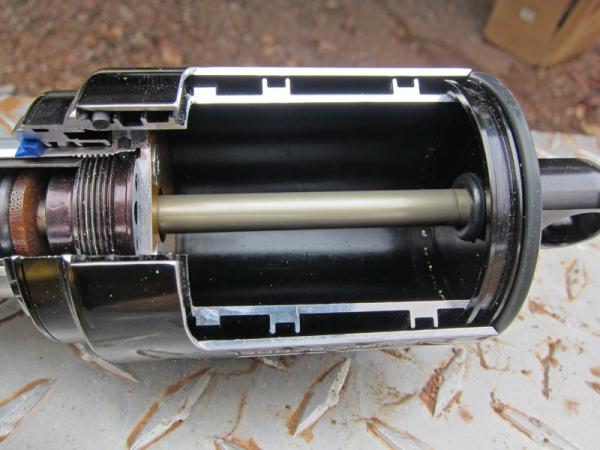
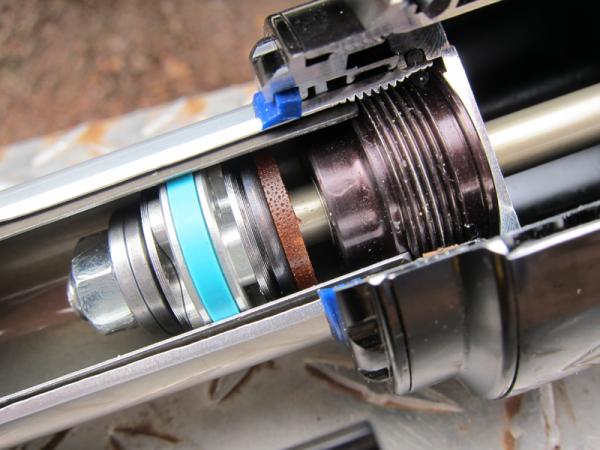
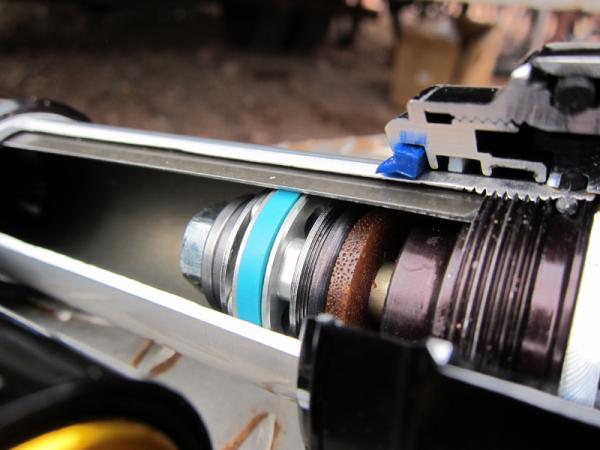
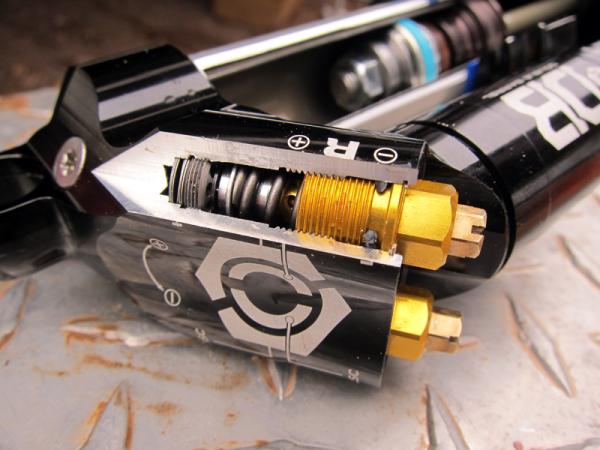
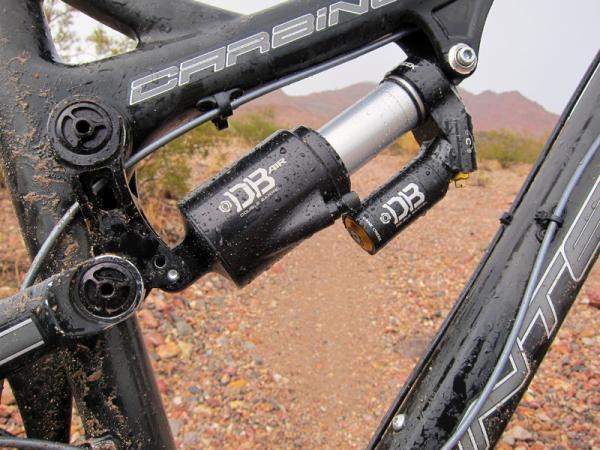
Let's make one thing clear straight away: Cane Creek does not intend its new DBair rear shock to be a weight saving strategy on bikes designed around coil-sprung shocks, though it is about 200g lighter than a comparable Double Barrel. Instead, Cane Creek says the DBair is an extra-adjustable air-sprung shock for longer travel applications that just happens to be pretty light and to that aim, the company seems to have hit its mark.
Indeed, the DBair's unusually wide and plentiful range of fully independent damping adjustments (high-speed compression, low-speed compression, high-speed rebound, and low-speed rebound) can be a lot to deal with initially though the settings are easy to tweak trailside and yield surprisingly tangible changes in ride quality. Once you get things dialed in, though, most users should be able to get exactly what they're looking for (provided they actually know what that is).
We ended up with very light high-speed compression settings on our loaner Intense Carbine test rig at Bootleg Canyon, Nevada but a slightly more middle-of-the-road position for low-speed compression damping. Likewise, we ran the high-speed rebound damping just a few clicks shy of full-open to keep things lively on chatter but a bit heavier low-speed rebound to keep monkey motion in check on smoother terrain.
Cane Creek fits the DBair with a rather large-volume main air chamber so the inflation pressures were lower than we expected and the shock is certainly more sensitive to changes in pressure than most. Adjustments of just a single psi or so are very noticeable – especially deeper in the stroke – so users should exercise care and take good notes during setup.
Those settings are likely to vary substantially with different suspension designs and rider weights but the point is that there's a broad enough tuning range on the DBair that it's unlikely many users won't be able to get the feel they're looking for.
Once we got everything where we wanted it, though, the result was a particularly pillowy ride on the area's plentiful square-edged rocks and bigger drops but still impressively stable pedaling performance, even when out of the saddle. As expected, overall feel was a tad floatier than a good coil-sprung shock but traction and ground-hugging ability was outstanding overall. And if there was any appreciable increase in stiction with the extra seals as compared to a coilover, we couldn't tell during our short test ride – the DBair is smooth with a capital 'S'.
Cane Creek will have production units available in just a few weeks and while initial impressions are favorable, we're definitely looking forward to a proper long-term test aboard some more familiar machines and on local terrain.
Get The Leadout Newsletter
The latest race content, interviews, features, reviews and expert buying guides, direct to your inbox!
This article originally appeared on BikeRadar